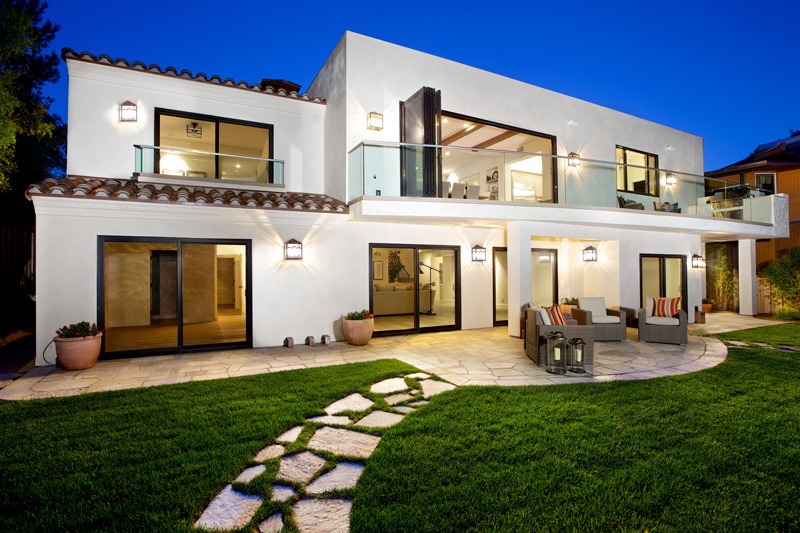
A desire to save both money and natural resources has fueled the interest in alternative construction methods for many home builders. The website Improvement Web reports that some alternative building methods use materials that may have otherwise ended up in a landfill. As an extra incentive for environmentally sensitive builders, if the home should ever need to be torn down, the materials could easily be recycled after demolition.
Adobe and Cob
According to the website Green Home Building, adobe is one of the oldest known materials used for building. Adobe is made from water and soil. For extra strength, straw or other fibers are sometimes added to the mixture. Traditionally, adobe was made into hand-shaped blocks and allowed to dry in the sun, though today hydraulic presses and controlled drying methods are sometimes applied. After a structure is built from adobe bricks, a smooth coating of adobe mud or cement may be applied to seal the structure.
Cob building is similar to adobe, except that cob can be stuffed into forms or applied free-form in “gobs” (or cobs). Homes built from cob take on an organic, sculptural shape. While cob can be a beautiful and inexpensive material for home construction, it is also labor-intensive.
Papercrete
Papercrete is a natural building material that is made by repulping recycled paper and adding clay, soil or cement to it. Any type of paper can be used to make papercrete. It is repulped by placing it in a large mixer with water. The addition of cement or clay transforms the paperpulp into a slurry that can be formed into building bricks or pumped directly into wall forms. Once dry and sealed, papercrete is structurally stable as well as fire- and pest-resistant; however, if used underground or in high-moisture areas, papercrete can deteriorate.
Cordwood
Buildings constructed from cordwood have a natural and rustic look. The basic technique of cordwood building is to stack cordwood with their ends aligned and join them with mortar, much like laying bricks or stones. The ends of the cordwood create an interesting design and texture for interior and exterior walls. No further finish or maintenance is needed, and cordwood construction is easy to learn.
Superadobe
Superadobe is a term and method credited to architect Nader Khalili, who came up with this technique while developing ideas for NASA on how to build habitats on Mars and the moon. Kahlili innovated the idea of filling sandbags with onsite earth, arranging them in coils and reinforcing them with barbed wire. Superadobe is an extremely stable building material/method that is fire-, flood- and hurricane-resistant and capable of meeting seismic building codes.
Aluminum Cans
One simple way to include recyclable materials in home construction is to use crushed aluminum cans as an alternative to traditional aluminum siding. Builder Ron Gobel is taking this idea several steps further. His home is constructed from water-filled aluminum cans he purchased from a brewery. To create the structure, the cans were stacked in layers and enveloped in fiberglass insulation. The home is powered by solar panels.
Cardboard
Australian architects Pape and Stuchbury have developed a prototype of a cardboard home made from 100-percent recycled materials. The prefabricated cardboard structure can be packed flat, shipped to the consumer and put together in about six hours. Though small, the cardboard house is useful as a temporary or emergency shelter. Its creators hope that their low-tech alternative construction will “challenge the housing industry to reduce housing and environmental costs.”
We hope you find this article useful. We are happy for you to let us know your feedback.
by Jo Burns




